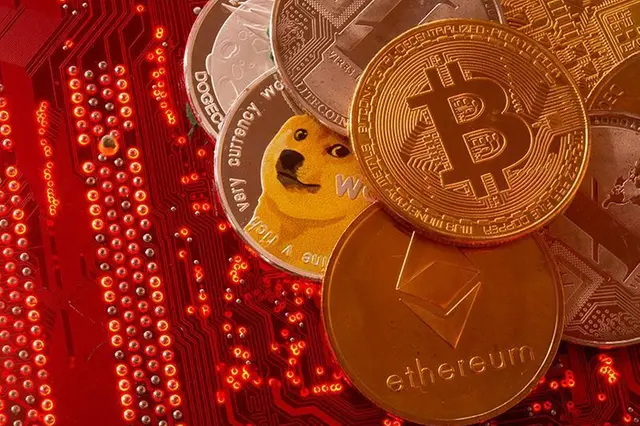
“Memecoins,” a hyper-speculative, ultra-volatile, and somewhat strange class of cryptocurrency, is back in the spotlight after the latest digital token skyrocketed in value.
According to data tracker CoinGecko, Pepe, a coin inspired by an anthropomorphized frog popular in online memes, jumped about 7,000% in the 17 days following its April 16 introduction, reaching a market value of $1.8 billion by May 5.
Pepe’s surge has rekindled investor interest in memecoins as a whole, with overall trade volumes increasing to $2.6 billion in the first week of May from $408,000 the previous week, according to Dune Analytics data.
“Memecoins just flare up on occasion, and it’s historically happened when the market’s a bit choppy or sideways,” said Todd Groth, head of index research at CoinDesk Indices. “It’s almost like if the market is not moving up fast enough, traders find these smaller tokens to trade with.”
Memecoins surge in popularity as Bitcoin’s growth stalls
The current memecoin mania comes as Bitcoin’s 2023 climb comes to a halt. Since mid-April, the top cryptocurrency has dropped 6% to ,416. (biergardenencinitas.com)
Pepe, which trades in fractions of a cent, was down 60% from its May 5 high on Monday, but it still has a market valuation of about $740 million. This places it third in the market after dogecoin and Shiba inu, which were both born as internet jokes referencing a Japanese dog breed and command more than $10 billion and $5 billion, respectively.
Memecoins originally came to public attention during the 2021 “Wall Street Bets” movement, which was fueled by retail traders. They have no practical utility other than speculation, which distinguishes them from more “mainstream” coins such as Bitcoin and ether, which supporters claim have promise as a means of payment or a store of value.
Market participants cautioned that memecoins might cause serious problems for dealers and investors.
“Human beings love to speculate,” said Martin Leinweber, product strategist at MarketVector Indexes. “I would still be very cautious to buy them. It’s gambling in its purest form.”
“Completely useless”
According to the website, Pepe was created “for the people” with “no formal team or road map” and is “completely useless and for entertainment purposes only.”
According to statistics firm Messari, the coin is the fastest-growing cryptocurrency hosted on Ethereum, the second-largest blockchain.
The spike in Pepe’s popularity was fueled by its swift inclusion on major centralized exchanges, including top platform Binance, said Chase Devens, an analyst at Messari.
Binance claims that Pepe has “no utility” or “value support mechanism” on its website. It warns users about the volatility of Pepe and states that the site “will not be responsible for your trading losses.” Binance did not reply quickly to a request for comment on Pepe’s leap.
The centralized listings also allowed for derivative trading for Pepe, with leveraged exposures and volatility driving up Ethereum transaction fees, according to Devens.
Memecoin fortunes, like those of other cryptocurrencies, are founded in retail trading and frequently propelled by internet sentiment.
Dogecoin and Shiba Inu, the eighth and fifteenth largest cryptocurrencies respectively, frequently experience wild price swings.
Dogecoin was founded in 2013 and skyrocketed more than 12,000% to an all-time high in May 2021 before plummeting about 90% since then. Shiba Inu has also plunged 90% from its peak in October 2021.
According to CoinGecko data, newcomer Pepe has over 100,000 holders.
The rise of memecoin is “an intriguing phenomenon,” according to Edmond Goh, head of trading at crypto liquidity service B2C2.
“The latest coin explosion illustrates that there is still capital sitting on the sidelines waiting to be deployed.”
